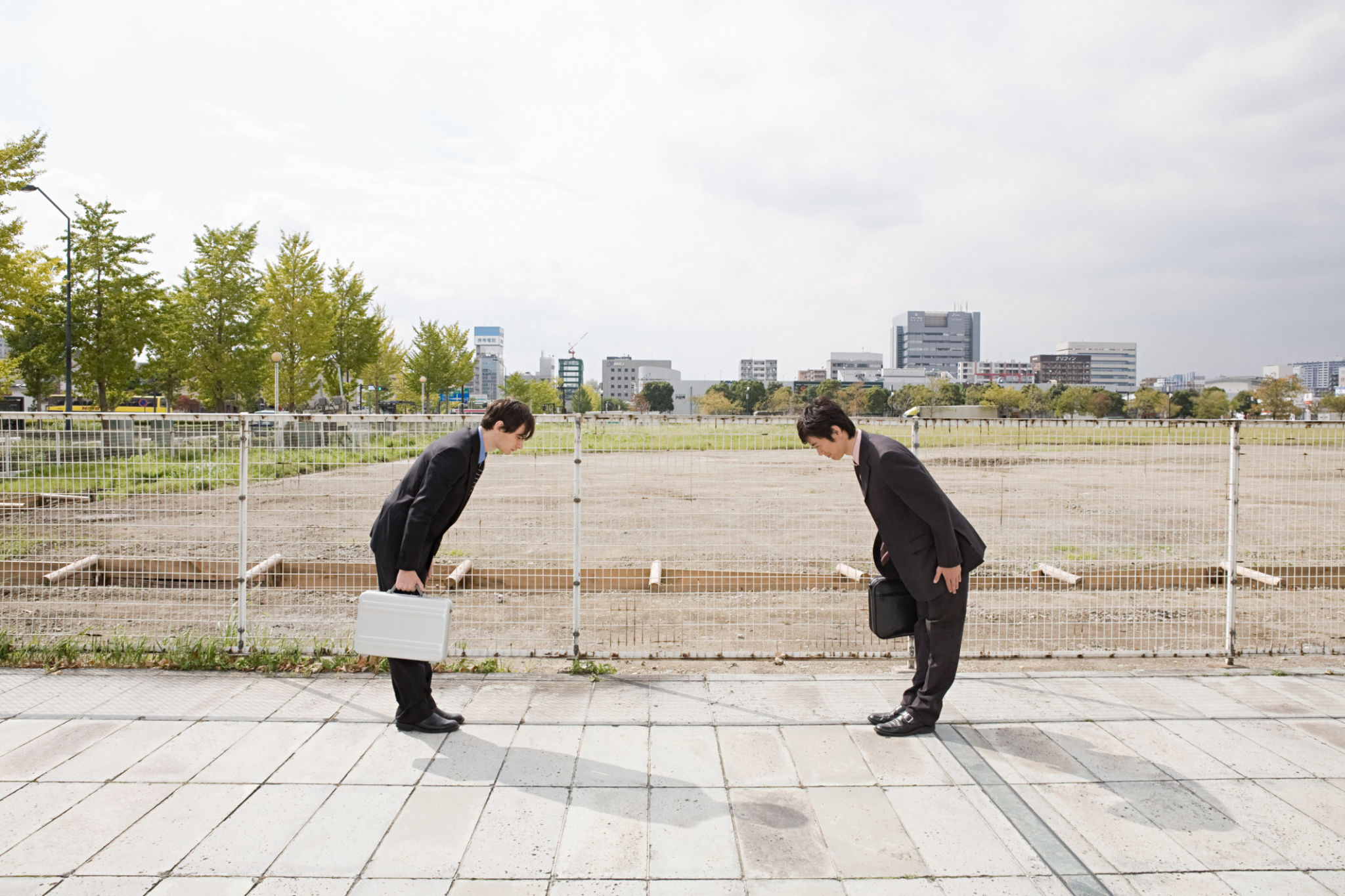Expert Advice: Preventing Common Scaffolding Accidents on Site
Understanding the Importance of Scaffolding Safety
Construction sites are bustling environments where efficiency and safety must go hand in hand. Among the various tools and structures used, scaffolding plays a crucial role in ensuring that work at heights can be performed safely. However, when scaffolding is set up improperly or not maintained, it becomes a significant hazard. Understanding the importance of scaffolding safety can prevent many accidents and ensure a safe working environment for all.

Common Causes of Scaffolding Accidents
Scaffolding accidents often occur due to a few common causes. Here are some of the most frequent:
- Improper installation: Incorrect assembly of scaffolding can lead to instability and collapse.
- Poor maintenance: Regular inspections are vital to ensure that all parts are in good condition and functioning correctly.
- Lack of training: Workers must be adequately trained in using scaffolding safely.
Implementing Proper Installation Techniques
The foundation of safe scaffolding starts with its installation. Ensuring that it is erected on stable ground is essential. The use of base plates and mudsills can provide the necessary support to prevent shifting or leaning. Additionally, following manufacturer guidelines for assembly and employing experienced personnel to oversee the process can mitigate risks significantly.

Ensuring Regular Maintenance and Inspections
Scaffolding should be inspected regularly to identify any wear and tear or damage that could compromise its integrity. This includes checking for rust, bends, or other deformities in the metal components. It is also crucial to verify that all locking mechanisms are functioning correctly and that any damaged parts are replaced promptly.
**A proactive maintenance schedule** can help identify potential problems before they result in accidents. Regular inspections should be documented and reviewed to ensure compliance with safety standards.
Providing Comprehensive Training
Training is another critical aspect of preventing scaffolding accidents. Workers must be educated on the proper use of scaffolding, including mounting and dismounting procedures, load limitations, and emergency protocols. Training should be an ongoing process with regular updates to keep workers informed of any changes in safety regulations or procedures.

The Role of Safety Gear in Accident Prevention
While proper installation and maintenance are vital, personal safety gear also plays a crucial role in preventing accidents. Workers should always wear helmets, non-slip footwear, and harnesses when working on scaffolding. Ensuring that all workers have access to the necessary safety equipment can significantly reduce the risk of injury.
Creating a Culture of Safety
Developing a culture of safety on construction sites can greatly enhance the effectiveness of all preventive measures. Encouraging open communication among workers about potential hazards and fostering an environment where safety is prioritized can lead to more vigilant practices and fewer accidents.
A strong safety culture involves everyone on site, from management to workers, understanding their roles and responsibilities in maintaining a safe working environment.

Conclusion
Preventing common scaffolding accidents requires a multifaceted approach that includes proper installation, regular maintenance, comprehensive training, the use of personal protective equipment, and fostering a culture of safety. By addressing each of these areas, construction sites can significantly reduce the risk of accidents and ensure the well-being of all workers involved.
